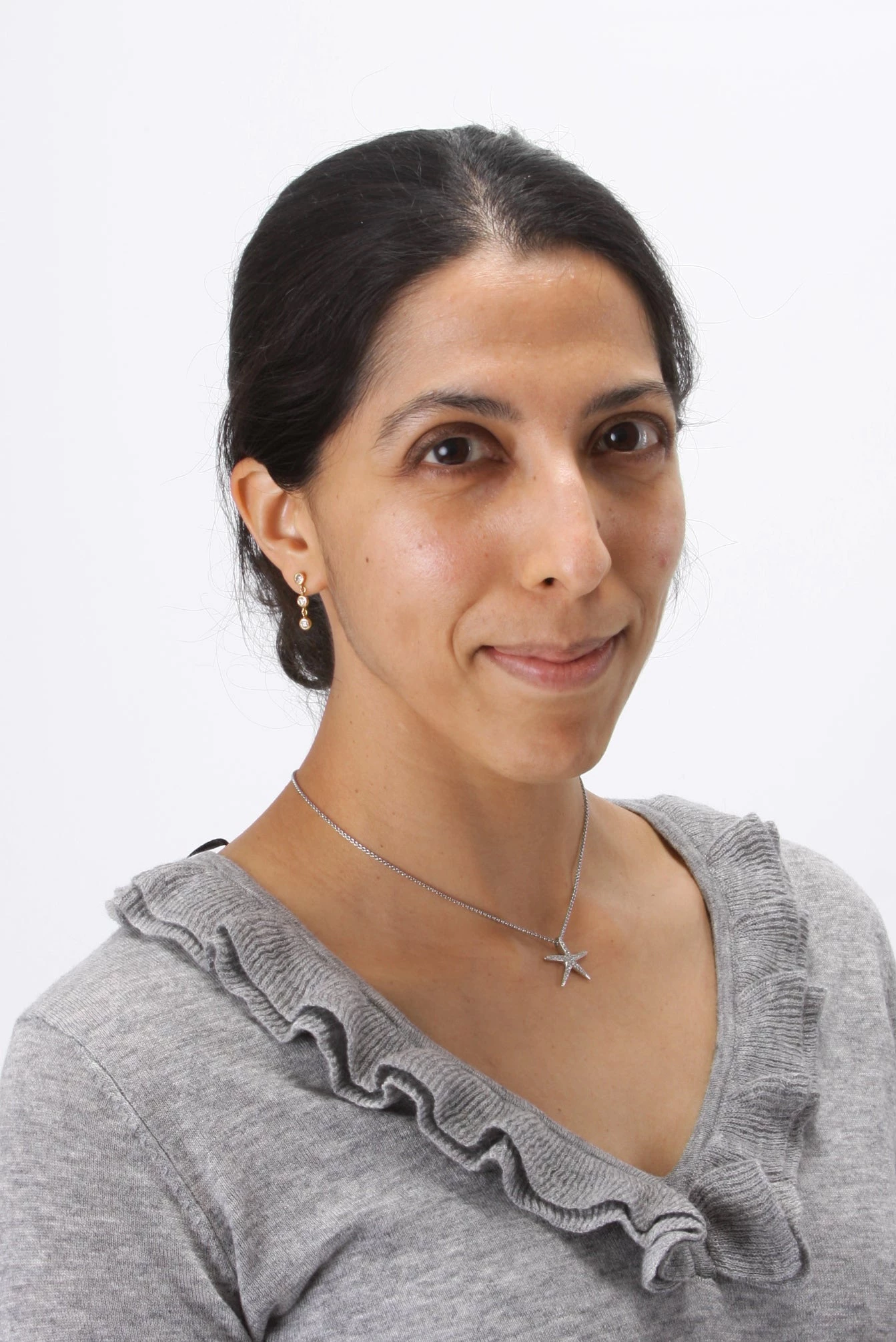 Investments in human capital, such as early childhood development, can help empower youth to unlock their potential and lay the groundwork for a prosperous future. Copyright: Erick Kaglan/World Bank
Investments in human capital, such as early childhood development, can help empower youth to unlock their potential and lay the groundwork for a prosperous future. Copyright: Erick Kaglan/World Bank
Around the world, nearly 1 in 5 youth ages 15-24 are unemployed, or part of the labor force but without a job. Among children ages 10-19, 1 in 7 experience a mental disorder. Nearly 6 in 10 ten-year-old children in low- and middle-income countries cannot read and comprehend a simple paragraph.
These numbers do not bode well for future innovation and economic growth. By 2050, the people who are under 25 today will compose more than 90 percent of the prime-age workforce.
These separate but related crises, however, have much earlier origins. As we argue in a recent volume dedicated to the effects of the COVID-19 pandemic on young people, the accumulation of human capital – or the health, skills, and experience that contribute to productivity – starts early (as early as gestation), is sequential (skill development today builds on skills built earlier), and shows sensitive periods (during which any shocks or deficits can permanently affect the entire trajectory of human capital accumulation). Thus, the unemployed youth of today likely lacked sufficient early opportunities to build both their cognitive and social-emotional skills.
1) Invest now to recover the huge setbacks in early childhood development that occurred during the pandemic
The foundation of human capital for young people is laid during childhood and their school years. Even before the pandemic, on average just 1 in 5 children in low- and middle-income countries attended any preprimary education. Overwhelming evidence from around the world shows that preprimary education immediately improves school readiness and raises school achievement and progression during primary and secondary school, while decreasing the propensity to commit crime during adolescence and reliance on social assistance during adulthood.
The pandemic decreased early opportunities to build skills even further. Among toddlers, new evidence from Bangladesh shows that the pandemic led to dramatic losses in cognitive, language, and social-emotional skills, losses that we estimate will translate into a 25 percent decline in expected earnings during prime age. In the first year of the pandemic, more than 50 percent of instructional time in preschools was lost in the first year of the pandemic and preschool attendance in many countries is yet to recover.
Reaching children in their homes is difficult and expensive. But children who were under the age of 6 when pandemic lockdowns started are either in primary school or are at the age when they can benefit from preprimary education. We should use this opportunity to address pandemic-related setbacks early before they amplify and turn into more intractable problems as these children age. Improving the coverage and content of preprimary education should be at the forefront of countries’ human capital strategies.
2) Recover learning losses among school-age children
Even before the pandemic, low- and middle-income countries were in a learning crisis. The pandemic turned the crisis into a catastrophe. More than 1 billion children lived in countries that closed schools for at least a year. We estimated that children lost a month of learning for every month of school closure – that is, they didn’t learn when they weren’t in school. In some cases, they forgot what they had learned before. The mental health of school-age children also plummeted during lockdowns.
Schools will play a large role in recovering all these losses in skills and mental health. A recent World Bank report, however, finds that only 1 in 5 countries studied had an explicit strategy to recover and accelerate learning after reopening. The good news is that there are proven strategies to improve learning in these settings. Supporting teachers with structured lesson plans and learning materials and targeting teaching instruction by students’ learning levels rather than their age or grade are considered great buys in the most recent report of the Global Education Evidence Advisory Panel.
3) Help youth transitioning to employment.
Children ages 15-24 undergo another critical phase as they transition from accumulating human capital to utilizing it. This period presents diverse possibilities, where young people can be in school, employed, or “not in education, employment, or training” (also known as NEETs). Their decisions, whether engaging in constructive behaviors or taking risks like unprotected sex, drug use, criminal activity, or gang involvement, hold long-term consequences.
Furthermore, unexpected crises and shocks can significantly alter their prospects, leaving lasting impacts on their futures. During the pandemic, the employment rate for youth entering the labor market dramatically declined and, in many cases, failed to recover, despite the recovery of adults’ employment. More than 40 million young people who would have had a job in the absence of the pandemic did not have one by the end of 2021, worsening youth unemployment trends. Moreover, there was a substantial rise in idle youth. In South Africa alone, the pandemic resulted in an additional 2.8 million idle youth, where roughly one-third of all youth were NEETs before the pandemic.
Creating opportunities in entry-level jobs and starting new businesses will further contribute to unlocking the true potential of this dynamic generation and driving progress in the years to come.
Investing in the future
None of these investments will happen without the concerted efforts of governments, communities, and multilateral organizations. There are proven policies that can improve young people’s human capital. The world may be in a defining moment for today's youth, but what is needed to get on a path for a better future is equally clear. On this day devoted to youth, let’s make a pledge to step up our efforts to invest in this population and secure a safer, healthier, and more productive future.
To receive weekly articles, sign-up here




Join the Conversation